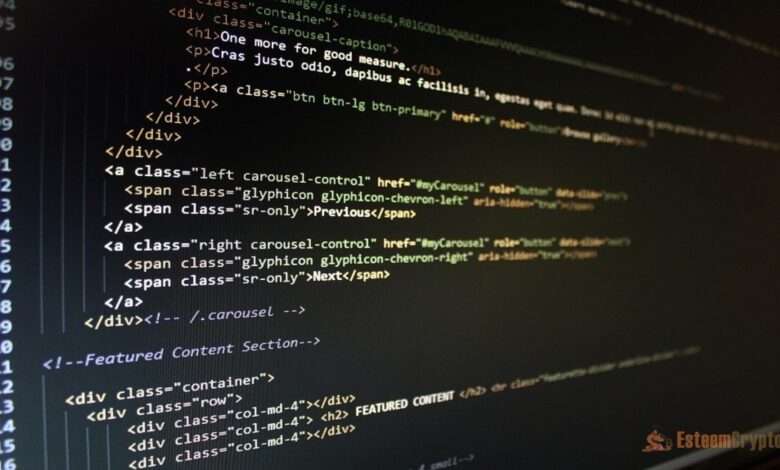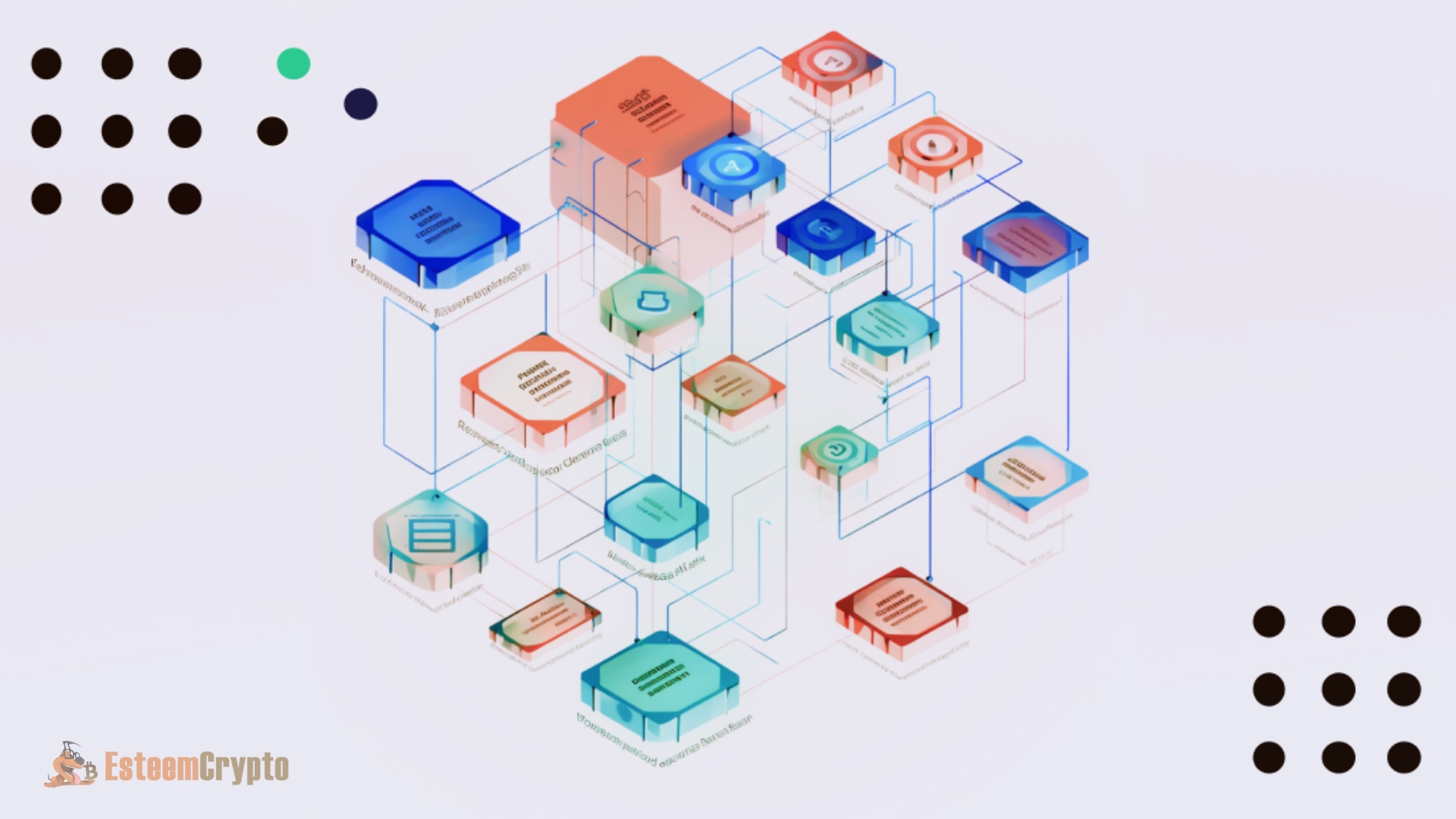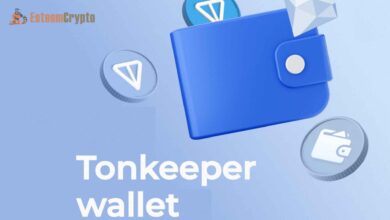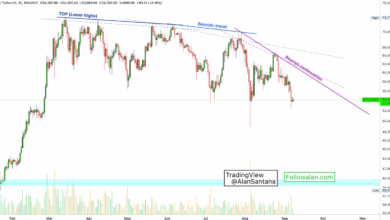Programming on Blockchain: A Comprehensive Overview

Programming on Blockchain: Blockchain technology has evolved from a niche concept into a mainstream innovation that promises to reshape various industries. One key aspect of this transformation is the ability to program on blockchain platforms, which allows developers to create decentralized applications (dApps), smart contracts, and other blockchain-based solutions. This article provides an updated overview of programming on blockchain, discussing the underlying principles, tools, languages, and potential applications.
Understanding Blockchain Programming
Blockchain is a decentralized, distributed ledger technology that records transactions across multiple computers, ensuring the record is secure, transparent, and immutable. Programming on blockchain involves creating code that interacts with this ledger, typically through smart contracts—self-executing contracts with the terms of the agreement directly written into code.
The most common use case for blockchain programming is when creating dApps. These applications run on blockchain networks and are designed to be open-source, autonomous, and censorship-resistant. Unlike traditional applications, dApps are not controlled by a single entity, and smart contracts govern their operations.
Programming Languages for Blockchain
Several programming languages have emerged as critical tools for blockchain development. Each language has strengths and is suited to different blockchain platforms and use cases.
- Solidity: The most widely used language for writing smart contracts, especially on the Ethereum blockchain. Solidity is a statically typed, object-oriented language inspired by JavaScript, Python, and C++. It is designed to run on the Ethereum Virtual Machine (EVM) and is the backbone of many decentralized applications.
- Vyper: Another language for Ethereum, Vyper is designed to be more secure and straightforward than Solidity. It emphasizes readability and security, making it suitable for applications where these factors are critical.
- Rust: Popular for building high-performance blockchain applications, Rust is used in platforms like Solana and Polkadot. Rust’s memory safety and concurrency capabilities make it ideal for creating efficient, scalable blockchain solutions.
- Go: The Go language (Golang) is widely used in blockchain development, particularly in the Hyperledger Fabric project. Go’s simplicity, concurrency support, and performance make it a good choice for enterprise blockchain solutions.
- JavaScript: While not a traditional blockchain language, JavaScript is crucial for the front-end development of dApps. Libraries like Web3.js allow JavaScript developers to interact with the Ethereum blockchain, making it an accessible entry point for web developers.
- Python: Python is used in blockchain development for its simplicity and extensive libraries. It’s beneficial for writing scripts, automating tasks, and developing applications in blockchain ecosystems like Hyperledger Fabric and Ethereum.
Tools and Frameworks for Blockchain Programming
Several tools and frameworks have been developed to facilitate blockchain development. These tools help streamline the development process, making creating, testing, and deploying blockchain applications more accessible.
- Truffle: A popular development framework for Ethereum, Truffle provides tools for smart contract development, testing, and deployment. It also integrates with various Ethereum networks, making it easier to manage contracts and dApps.
- Hardhat: A development environment designed for Ethereum, Hardhat allows developers to compile, test, and debug Solidity code locally. It also provides tools for running local Ethereum networks, simplifying development.
- Remix: An online IDE for Solidity, Remix allows developers to write, compile, and deploy smart contracts directly from their browser. It’s beneficial for beginners and those looking to prototype smart contracts quickly.
- Ganache: A personal blockchain for Ethereum development, Ganache allows developers to create a local blockchain network to test their contracts. It’s a critical tool for testing and debugging smart contracts before deploying them to a live network.
- Metamask: A browser extension and mobile wallet, Metamask enables users to interact with Ethereum dApps directly from their browser. For developers, Metamask is essential for testing dApps and integrating them with real-world users.
- Substrate: A framework for building custom blockchains, Substrate is used primarily in the Polkadot ecosystem. It allows developers to create blockchains with specific features and governance models, providing flexibility for various use cases.
Challenges and Future Trends
While blockchain programming offers many opportunities, it also presents several challenges. One of the biggest challenges is scalability. As blockchain networks grow, the amount of data and transactions they must handle increases, leading to slower performance and higher costs.
Security is another primary concern. Once deployed, smart contracts cannot be changed. This immutability makes it crucial to ensure that contracts are free of bugs and vulnerabilities before they go live. The rise of quantum computing also poses a potential threat to blockchain security, as it could undermine the cryptographic algorithms that secure blockchain networks.
Several trends are likely to shape the future of blockchain programming. Interoperability between blockchains is becoming increasingly important, with projects like Polkadot and Cosmos leading the way. These platforms aim to create networks of interconnected blockchains, allowing data and assets to move freely across different chains.
Another trend is the rise of layer-2 solutions designed to improve blockchain network scalability. These solutions work by processing transactions off-chain and only recording the final results on the main blockchain, reducing the network’s load and lowering transaction costs.
Finally, integrating artificial intelligence (AI) with blockchain is an emerging trend that could unlock new possibilities. AI can enhance the functionality of smart contracts, analyze blockchain data, and automate complex decision-making processes.
Conclusion
Programming on blockchain is a dynamic and rapidly evolving field with the potential to transform industries and create new opportunities. From smart contracts to decentralized applications, the ability to write code that interacts with a blockchain network is becoming increasingly valuable. As the technology matures and new tools and languages emerge, the future of blockchain programming looks promising, with endless possibilities for innovation and growth.




